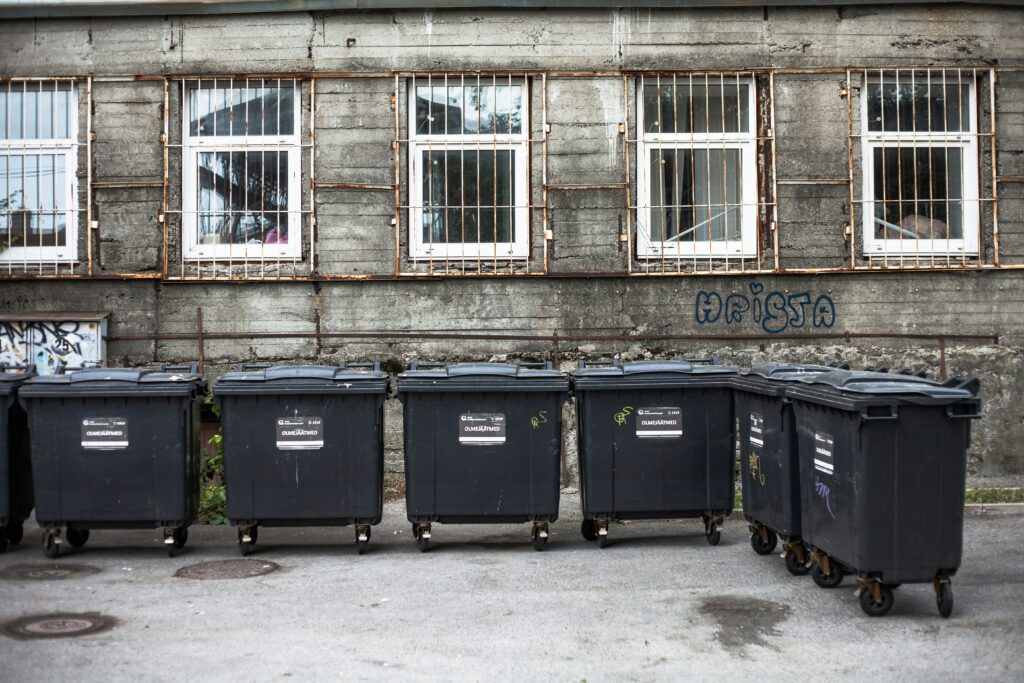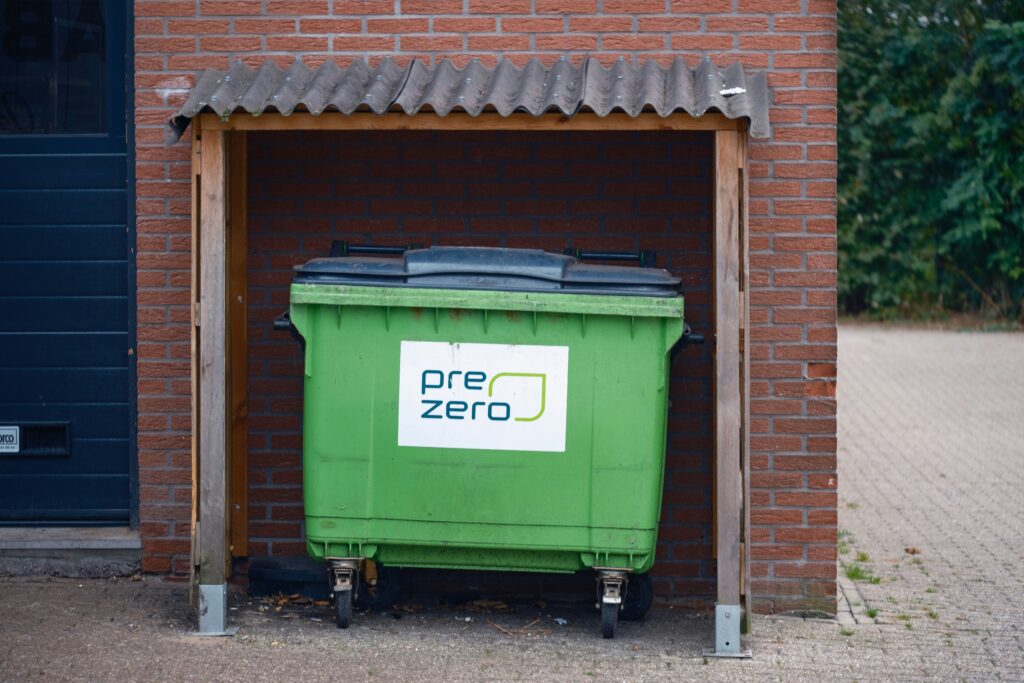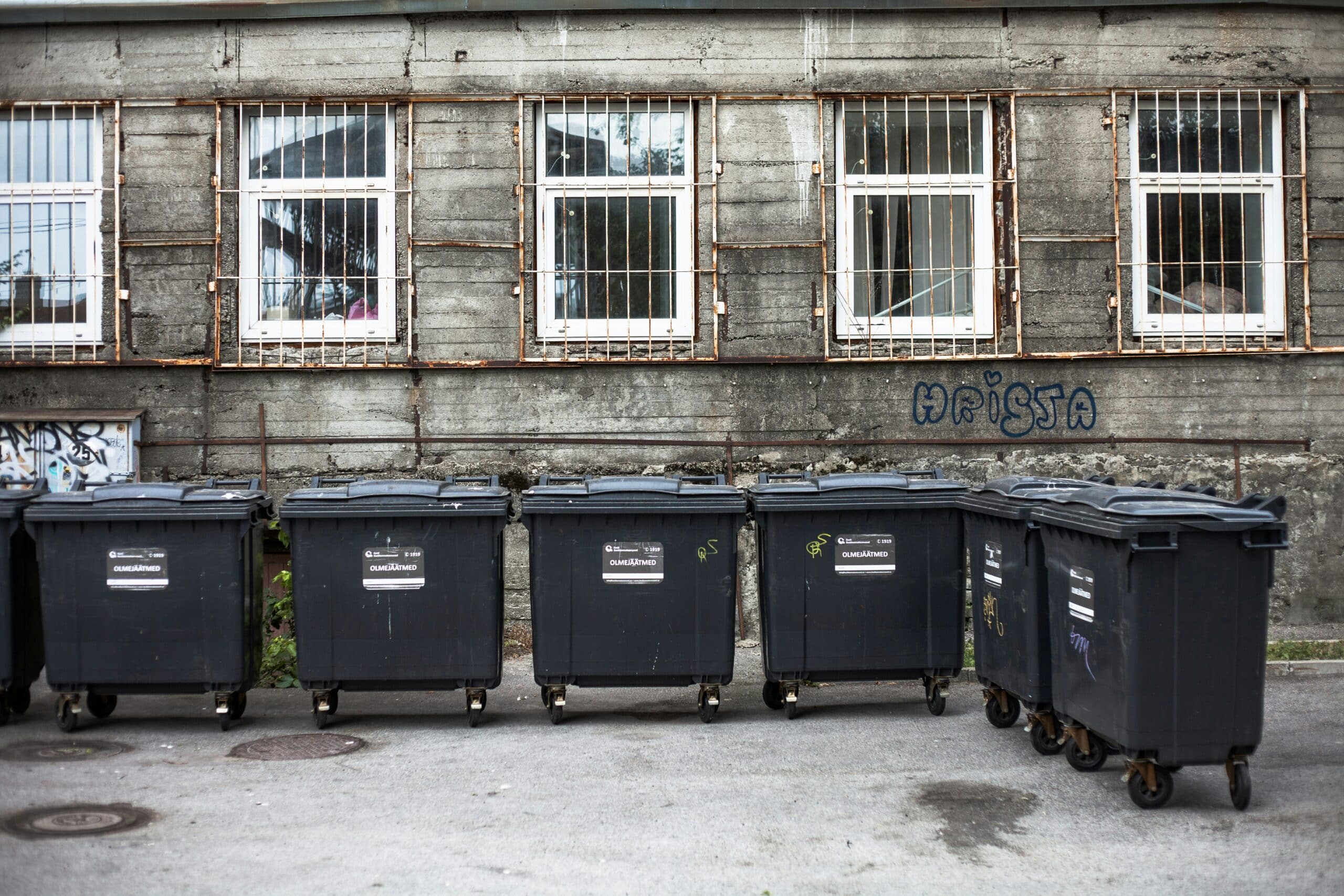Anúncios
But what if there was a way to reconnect, right from our high-rise apartments? Get ready to roll up your sleeves and dive into the transformative world of composting. This guide, “Small Space, Big Impact: The Ultimate Guide to Starting Composting in Your Apartment,” will be your personal road map to transforming your food scraps into valuable nourishment for plants, all within the confines of your apartment.

The discourse around sustainable living has been amplified in recent years, but composting is a green practice that often goes overlooked. Despite its benefits, many people are deterred by the perceived complexity of the process, or the lack of space in their homes. This guide will demystify composting, showing that it’s not only feasible in an apartment setting, but also straightforward and rewarding.
Anúncios
The journey ahead is divided into practical sections that will guide you through each step of the composting process. From understanding the science behind composting, to setting up your compost station, and troubleshooting common issues, this guide is designed to equip you with all the knowledge you’ll need to start your composting adventure.
So, let’s get started on this journey. By the end of this guide, not only will you have learned a new skill, but you’ll also be contributing to a greener planet, right from your apartment. With small steps, we can make a big impact. The world of composting is waiting to be explored, let’s not waste any more time. Remember, it’s not just about reducing waste, but creating something valuable from what was once considered ‘scraps’.
Anúncios
Understanding Composting
To appreciate the process of composting in a limited space, it’s essential to understand the science behind it. Composting is a natural process that turns organic material into a nutrient-rich soil conditioner, popularly known as compost. This process is facilitated by bacteria, fungi, worms, and other organisms. In essence, these microscopic creatures break down organic material and transform it into a valuable byproduct.
One of the most intriguing aspects of composting is that it harnesses the power of nature to reduce waste, produce nutrient-dense compost, and minimize our environmental impact. Additionally, composting can contribute to the health of your indoor plants, providing a cost-effective, organic alternative to store-bought fertilizers.
Microbial Action in Composting
At the heart of the composting process are microorganisms. These microbes require four elements to thrive: Carbon for energy, Nitrogen for protein synthesis, Oxygen for aerobic respiration, and Water to maintain the right environment. By carefully managing these elements in your compost bin, you can cultivate an efficient composting system even in a small apartment.
Setting Up Your Composting System
Now that we’ve discussed the basics of composting let’s delve into setting up a composting system in your apartment. It’s important to note that composting in an apartment is different from composting in a backyard. You’ll need to be considerate of your space, odors, and even the type of compost bin you choose.
Choosing the Right Composting Bin
There are several compost bin options suited for apartment living. You can choose a traditional compost bin designed for indoor use, or a worm bin, also known as vermicomposting. The latter utilizes red worms to aid in the composting process, which can be more efficient and less likely to produce foul smells.
Another option is a Bokashi bin, which uses a specific group of microorganisms to ferment organic waste. This method is fast, space-efficient, and virtually odor-free, making it a perfect choice for small apartments.
Materials for Composting
To create a balanced compost pile, you’ll need a mix of green and brown materials. Green materials are high in nitrogen and include vegetable scraps, coffee grounds, and fresh grass clippings. Brown materials are carbon-rich and consist of items such as dried leaves, paper, and wood chips.
Maintaining the Right Balance
The key to successful composting is maintaining the right carbon to nitrogen ratio, ideally 25-30 parts carbon to 1 part nitrogen. Too much carbon will slow down the composting process, while excess nitrogen can create unpleasant odors. Regularly turning your compost can help maintain this balance and ensure efficient decomposition.
Composting Do’s and Don’ts
Composting in small or indoor spaces can be incredibly rewarding, but it’s essential to approach the process with knowledge and consistency. The following do’s and don’ts will help guide your practice, ensuring that your compost breaks down efficiently and remains healthy and odor-free. These practical insights are especially relevant for apartment composters, where air circulation and odor control are critical concerns.
Do: Chop Organic Material into Small Pieces
Chopping materials before adding them to your compost bin significantly speeds up the decomposition process. Smaller particles provide more surface area for microbes to work on, allowing bacteria and fungi to break them down more quickly. For apartment dwellers using Bokashi or worm composting systems, this step is particularly valuable because it prevents the pile from becoming compacted and encourages airflow.
You can use kitchen scissors or a small food processor to prepare your scraps. This extra step takes minimal effort but pays off in faster, more even composting.
Do: Turn or Stir Your Compost Regularly
Regular aeration is essential, particularly in aerobic composting systems. Turning the pile introduces oxygen, which promotes the growth of beneficial bacteria and prevents the formation of anaerobic conditions that can cause bad smells. If you’re using a compost tumbler or traditional bin, aim to turn the compost every few days or at least once a week.
For vermicomposting, stirring is not necessary and may even disrupt the worms. However, gently mixing materials when adding new waste can help keep the layers balanced.
Do: Maintain Proper Moisture Levels
Moisture is critical for microbial activity. If your compost is too dry, decomposition slows dramatically; if it’s too wet, it becomes soggy and smelly. The goal is to keep the pile as damp as a wrung-out sponge. Use a spray bottle to add moisture gradually, and add dry, absorbent browns—like shredded cardboard—if it gets too wet.
Most issues with smell or pests can be traced back to poor moisture control. Regularly check moisture levels, especially if your compost bin is in a warm or enclosed area where evaporation may be high.
Do: Use a Balanced Mix of Green and Brown Materials
Green materials include fruit and vegetable scraps, coffee grounds, and garden clippings. These are rich in nitrogen. Brown materials include paper, cardboard, dried leaves, and sawdust—these provide the necessary carbon. A good ratio keeps the compost healthy, speeds up decomposition, and controls odor.
If you notice a strong ammonia-like smell, your compost likely has too much nitrogen. Add browns. If decomposition is slow or the pile looks dry and dusty, add more greens. Mastering this balance is key to producing high-quality compost efficiently.
Don’t: Add Animal Products or Oily Foods
Meat, bones, dairy, and greasy foods decompose slowly and can create strong odors, attracting unwanted pests like flies or rodents. These items are especially problematic in small spaces where ventilation is limited. Even if you’re using a Bokashi bin, which can technically handle meat and dairy, it’s still wise to avoid them unless you’re experienced and confident in maintaining the bin correctly.
For safe composting, stick to plant-based kitchen scraps. Eggshells are an exception—they’re safe to compost and add valuable calcium to the finished product.
Don’t: Compost Diseased Plants or Weeds Gone to Seed
Composting is a fantastic way to recycle garden waste, but not all plant matter is suitable. Plants infected with fungus or disease can spread pathogens if the compost doesn’t reach high enough temperatures to sterilize them. Weeds with mature seeds can survive the composting process and sprout later when you use the compost in your garden.
If in doubt, discard these materials in the trash or a municipal green waste bin, especially in systems not designed for hot composting.
Don’t: Neglect Your Compost Bin
Compost requires attention and routine. Letting your compost bin sit unattended for weeks can lead to compacted materials, poor aeration, and an imbalance of green to brown inputs. Make composting part of your weekly routine by collecting and adding scraps regularly, monitoring moisture levels, and turning the pile when necessary.
Set reminders if needed. A little attention goes a long way in preventing odor, mold, and pests.
Don’t: Use Harsh Chemicals Nearby
Avoid using bleach, chemical cleaners, or pesticides near your compost area. Residual fumes or runoff can disrupt the microbial balance inside the compost bin. These substances can kill the beneficial organisms that make composting possible, especially in vermicomposting systems, where worms are sensitive to toxins.
If you need to clean the area around your bin, opt for natural or non-toxic cleaning products like vinegar and baking soda.
Using Your Compost
Once your compost matures, it becomes one of the most powerful tools in your gardening toolkit. Finished compost should be dark brown or black, have a crumbly texture, and smell pleasantly earthy. At this point, it’s ready to be used to nourish plants and improve soil health.
Mixing Compost with Potting Soil
One of the most common ways to use finished compost in an apartment is by mixing it with potting soil. You can use compost as an amendment in a 1:3 or 1:2 ratio, depending on the needs of the plant and the richness of your compost. This mix improves soil aeration, retains moisture, and provides slow-releasing nutrients.
This is especially useful for growing herbs, leafy greens, or decorative houseplants in containers. Your plants will respond with healthier foliage, better root systems, and more robust growth.
Top-Dressing Houseplants
Top-dressing involves adding a thin layer of compost to the surface of the soil in potted plants. This method slowly releases nutrients over time as you water your plants. It’s an easy and mess-free way to benefit from your compost without needing to repot your plants.
Spread a quarter to half an inch of compost on top of the soil, taking care not to bury stems or leaves. Repeat every few months to keep your plants nourished.
Making Compost Tea
Compost tea is a liquid extract made by steeping compost in water, often with added aeration or stirring. This tea can be used to water plants, offering a fast-acting nutrient boost and promoting beneficial microbial activity in the soil.
To make compost tea at home, place a handful of finished compost in a cloth bag or old stocking and submerge it in a gallon of water. Let it sit for 24–48 hours, stir occasionally, and use it to water your plants or spray directly onto leaves for a foliar feed.
Additional Creative Uses for Compost Indoors
There are several innovative ways to use compost in your apartment that go beyond basic plant care. These methods not only make use of your finished compost but also support your goal of living more sustainably in a small space.

Start a Mini Herb Garden
Use your compost as the base layer in a compact herb garden on your windowsill or balcony. Herbs like basil, mint, thyme, and parsley thrive in compost-rich soil. Harvesting herbs from your own garden not only reduces grocery waste but also brings a fresh, flavorful touch to your meals.
Boost Microgreen Production
Microgreens are fast-growing, nutrient-packed seedlings that are easy to grow in shallow containers. Compost provides an excellent growing medium, giving these tiny plants the nutrients they need to sprout quickly. Simply spread a layer of compost in a tray, sprinkle seeds on top, mist with water, and keep them in a sunny spot.
Create a Compost-Powered Indoor Planter
Design a small self-fertilizing planter by layering compost beneath a thin layer of soil in your plant pots. Over time, the nutrients will work their way into the root zone, reducing the need for additional fertilizers. This is particularly helpful for low-maintenance gardeners or those new to plant care.
Give Away or Share Your Compost
If you find yourself with more compost than you can use, consider offering it to neighbors, friends, or local community gardens. High-quality compost is always in demand, and sharing it strengthens community ties and promotes a greener neighborhood.
You can even create a small compost exchange or donation box in your building if others are interested in eco-friendly gardening.
Conclusion
In conclusion, this guide has highlighted how every small step towards eco-friendliness has a big impact. Composting in your apartment is no longer an impossible task. With the correct knowledge, equipment, and a little effort, you can make a significant contribution to the environment right from your living space.
The benefits of composting are multiple, from waste reduction, nutrient-rich soil production, to the simple satisfaction of giving back to Mother Nature. The process may require some time and dedication, but the rewards are worth the effort. 🌱
Remember, the key to successful composting in your apartment is understanding the basics and maintaining the right balance of green and brown materials. Also, don’t forget to turn your compost regularly to speed up the process and keep odors at bay.
Ultimately, it’s all about taking small, consistent steps to a healthier, greener planet. So, start your composting journey today and inspire others around you to do the same. Together, we can make a difference, one compost heap at a time. 💪🌍
Here’s to making our apartments not just our homes, but also contributors to the well-being of the environment. Let’s transform “Small Space, Big Impact” from a mere phrase into a widespread reality. 🚀

